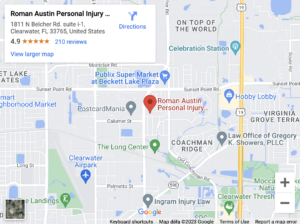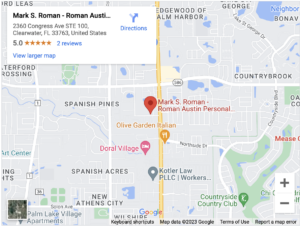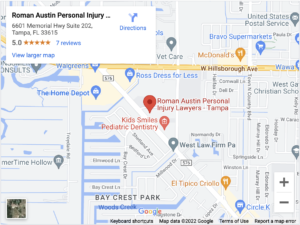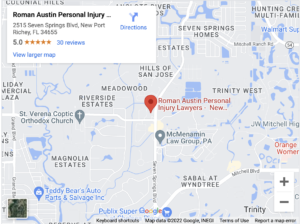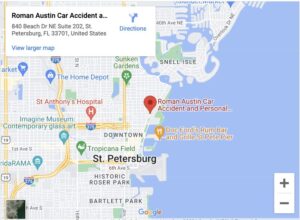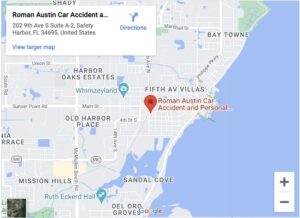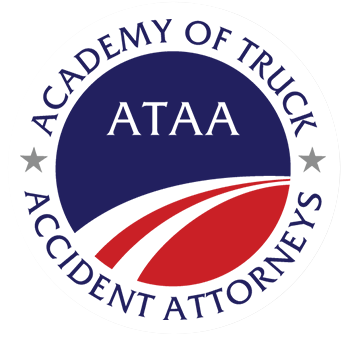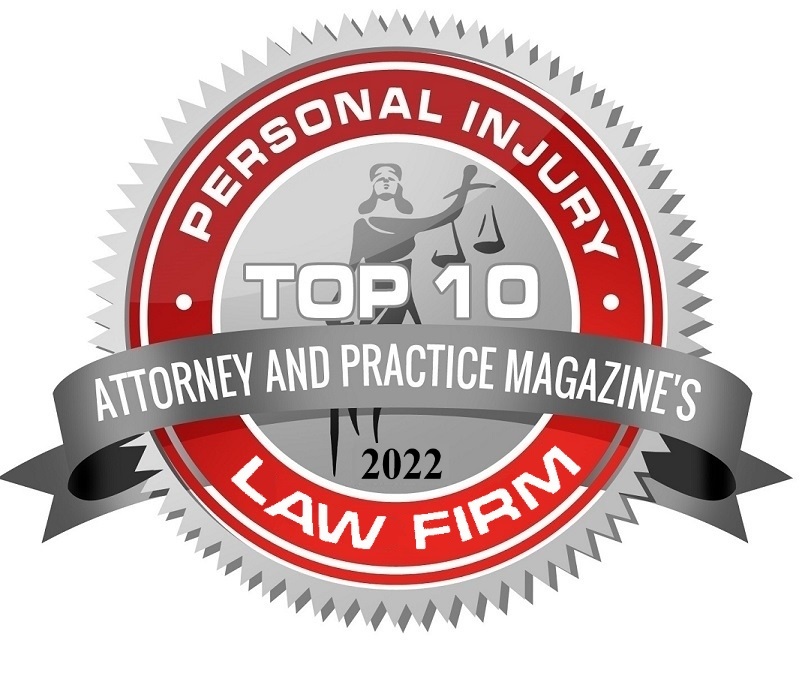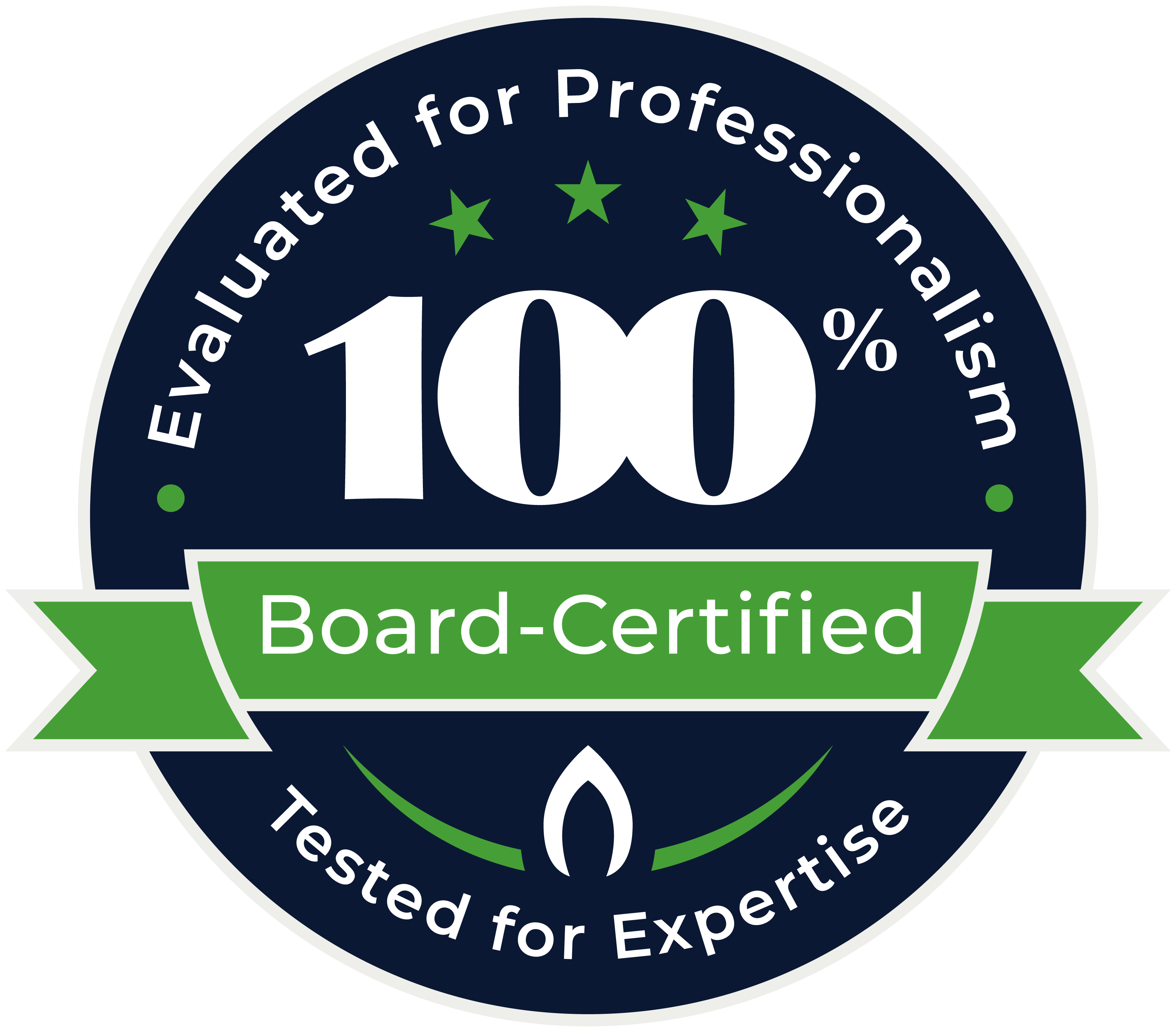
There is no strict timeline that applies to personal injury cases. A case might take many twists and turns, and even the statute of limitations does not set an absolute time limit. One of the reasons for this ambiguity is that a personal injury claim is not the same as a personal injury lawsuit. It is possible, however, to identify some of the various factors that influence the timeline of a personal injury case.
Special Considerations in a Florida Car Accident Case

Florida is a “no-fault” auto insurance state. If you suffer a traffic accident injury, you must normally seek compensation from your own Personal Injury Protection (PIP) insurance policy, regardless of fault. The coverage limit is $10,000, and you cannot seek non-economic damages such as pain and suffering.
If your injuries are serious enough, however, you can seek both economic damages and non-economic damages from the at-fault driver. Nonetheless, you might have a problem collecting on your claim because Florida does not require its drivers to buy bodily injury liability insurance.
An Approximate Timeline for a Typical Personal Injury Case
Remember that this timeline applies to a “typical” case. It might make sense for you to alter this timeline if the circumstances demand as much. Remember that you can settle your claim at any time during the following timeline.
What To Do at the Scene of the Accident
Take the following actions at the scene of the accident, to the extent that your physical condition allows you to:
- Use your cell phone to photograph property damage, physical injuries, and anything else that might offer a clue as to how the accident happened and whose fault it was. In a traffic accident, for example, you might photograph skid marks.
- Get contact details of any witnesses and anyone else involved in the accident.
- In a traffic accident, get insurance information from the other driver.
- Do not apologize or accept blame for the crash; doing so could jeopardize your personal injury claim against the at-fault party.
If you are seriously injured, ignore these steps and prioritize immediate medical treatment.
Seek Medical Treatment
When it comes to assessing your injuries, err on the side of caution. Speak medical attention even if you’re not sure whether you were injured. Some injuries, such as traumatic brain injury and soft tissue damage, can take hours or even days to show symptoms.
Follow your doctor’s orders to the letter so that the opposing party will not accuse you of failing to mitigate your damages.
Schedule a Free Initial Consultation With a Tampa Personal Injury Lawyer
Almost any personal injury lawyer in Tampa will schedule a free initial consultation with you. If you are seriously injured, the lawyer might even come and see you in the hospital. In most cases, it is in your best interest to get a lawyer involved as soon as possible – before you’ve spoken with any insurance companies, ideally. Most consultations usually take about an hour.
Perform a Preliminary Investigation
You will need to investigate your claim to determine its value. Your best bet is to have your lawyer perform this investigation. Your investigation will include examining evidence, interviewing witnesses, obtaining a copy of your medical records, and getting a copy of the police report (if any). Many other items might be useful to you. For example, there might be CCTV footage of your accident.
The preliminary investigation will probably take a few weeks.
Negotiate With the Opposing Party
The first step in the negotiation phase of enforcing your claim is to send a demand letter to the party responsible for paying your claim. Have your lawyer draft the demand letter on your behalf; a serious mistake could significantly harm your claim.
Usually, you send the demand letter to the at-fault party’s liability insurance company. You can expect the opposing party to reply with a reservation of rights letter and a woefully inadequate settlement offer. This begins the offer/counteroffer process of negotiation. Negotiations can take weeks to conclude. Sometimes they can take months.
File a Lawsuit
You don’t have to go to trial just because you filed a lawsuit. In fact, most lawsuits are filed by people who still hope to settle their claims and who will eventually settle.
Filing a lawsuit beats the statute of limitations deadline, and it shows the opposing party that you are not playing around. More importantly, it gains you access to the pretrial discovery process. You can file a lawsuit and notify the defendant within a few days’ time.
Engage in Pretrial Discovery
You can commence the pretrial discovery process shortly after you file a lawsuit. The pretrial discovery process provides both parties with four legal weapons that they can use against each other to gather evidence from the other party:
- Depositions: Out-of-court, under-oath testimony from hostile witnesses.
- Interrogatories: Written questions that the other party must answer under oath.
- Demands for production: Demands to inspect physical evidence or to make copies of documentary evidence. You might demand to inspect a defective product, for example.
- Request for admissions: A party might ask the opposing party to admit to a relatively trivial fact so that you will not have to prove it at trial. Requests for admissions help simplify a trial for both sides.
The pretrial discovery process can take months. Sometimes it takes up to a year.
Pretrial Motions
A motion is a request for the court to do something. The parties will submit various motions to the judge. These might include a motion to suppress evidence, for example, or a motion for summary judgment.
Alternative Dispute Resolution
Trial judges are typically very keen to settle cases because settlements reduce a court’s crowded docket. The court may even assist you by providing you with a mediator. In mediation, a trained mediator helps the parties reach a voluntary settlement.
Alternatively, you could just continue negotiating. Optimistically, the evidence that you gained in pre-trial discovery could give you enough bargaining power to pressure the opposing party into a generous settlement.
Enforcing the Settlement Agreement
If you reach a settlement, you will need to draft and sign a settlement agreement. Once both parties have signed the agreement, it is a binding legal contract. If the other side refuses to pay, you can sue them on a contract claim. Eventually, the court might even seize the contents of the opposing party’s bank account. All of this could take weeks or even months.
Trial
Most personal injury trials last only a day. They proceed through the following stages:
- Jury selection.
- Opening statements.
- Presentation of evidence; examination and cross-examination of witnesses.
- Closing statements.
- Jury instructions.
- Jury deliberation and verdict.
If both sides waive a jury trial, the judge will decide the case.
An Experienced Tampa Personal Injury Attorney Can Help You Expedite Your Claim
When seeking to resolve your personal injury claim, you need to walk a tightrope. On one hand, it’s not a good idea to rush your claim. You might “win” that way, but the actual amount you win might be insufficient. On the other hand, you don’t want to drag out your case too long. A seasoned Tampa personal injury lawyer can help you find just the right balance.
Schedule a Free Consultation With Our Tampa Personal Injury Lawyers
We understand how insurance companies investigate and process claims. Roman Austin Personal Injury Lawyers have extensive knowledge of Florida’s insurance laws and personal injury laws.
Let us help you get the money you deserve after a personal injury or accident. Call our law firm at (813) 686-7588 to schedule your free case evaluation with an experienced Clearwater personal injury attorney.

